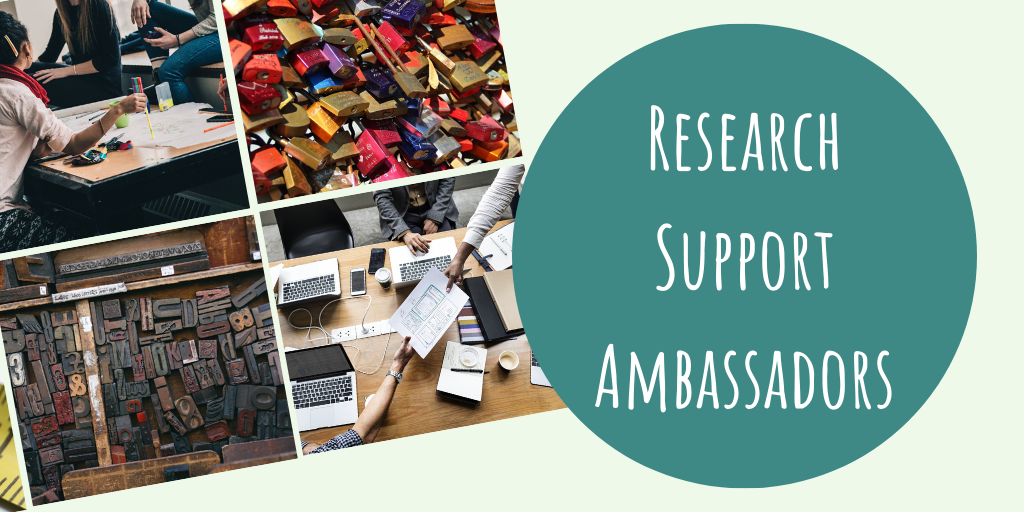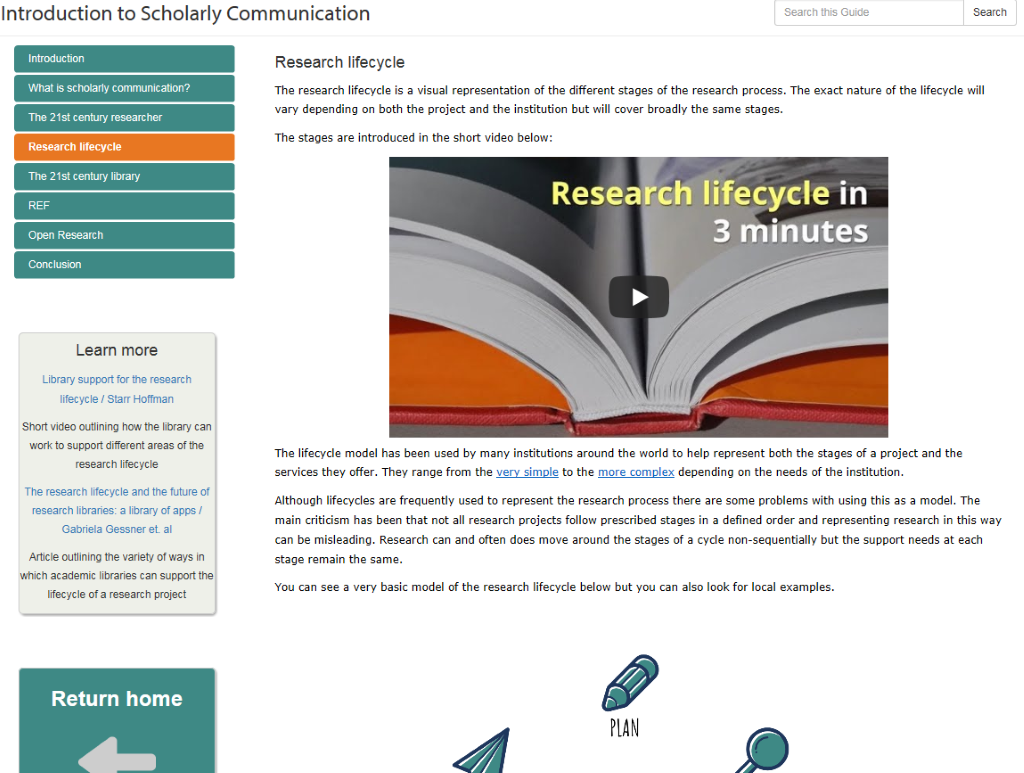Plan S was born in Europe, yet from the very start it aspired to accelerate conversations around open access on a global scale. After all, if free access to research outputs is good in one place, it will be good everywhere, right? Well, it turns out that things may not be that simple.
In this Open Access Week, we look East and West to find out how Plan S is being received across the globe. Dr Danny Kingsley explores how reliance on foreign students has trapped Australian universities in a ‘Faustian bargain’ with publishers and reduced the scope for change. Micah Vandegrift reports on the type of conversations that Plan S has inspired in the USA, as well as the potential political barriers, sounding a note of cautious optimism.
The uptake of Plan S or equivalent principles in countries beyond Europe is crucial to the overall success of the movement. Publishers are using the fact that uptake currently has limited geographic scope to stall change, arguing that they cannot alter their model to suit the requirements of a relatively small percentage of authors. The number of supporting funders is still small and concentrated in Europe, with a few US players. China initially looked set to join in and thus change the game, but since the end of 2018 we have seen little progress on that front. Has Plan S been successful in shaping conversations around the world?
Hearing from our colleagues in other countries highlights some of the promises and challenges Plan S is facing in making an impact outside Europe. Learning about those raises a number of interesting points for how we advocate for open access at home too.
Dr Danny Kingsley: Australia

Rankings are a natural enemy of openness
When first approached by the Office of Scholarly Communication to write a piece about Plan S in Australia, my initial response was it would be very short. That is, Plan S has not really caused much of a ripple Down Under. Those in the know – people working in scholarly communication and some senior members of research institutions – are aware and watching closely. But as far as opening up a general discussion amongst the academic community, this simply hasn’t happened.
Over the past six months I have been trying to understand where some of the problems lie when it comes to openness in Australia. It is more fundamental than the usual concerns researchers have about Open Access, and goes to the heart of how universities work here.
Where the money flows
First a quick run-down on how research funding to universities works in Australia. There are only two government funders – the National Health and Medical Council (NHMRC) and the Australian Research Council (ARC). The amount of funding these granted in 2017-2018 was about $943 million and $758 million respectively to all research organisations. As a comparison, the Wellcome Trust endowed in the range of £10m – £50m in Australia in 2017-18. For those interested there is a full breakdown of sources of research funding.
The funder policies on Open Access and Research Data Management are pretty weak overall. The NHMRC policy requires that any peer reviewed publication be available in a repository 12 months after publication and “strongly encourages researchers to consider the reuse value of their data and to take reasonable steps to share research data and associated metadata arising from NHMRC supported research”. The ARC policy requires the metadata of research outputs to be available in a repository 3 months after publication and the work to be OA 12 months after publication. But the policy specifically states: “For the purposes of this policy, Research Outputs do not include research data and research data outputs.”
Resourcing limitations mean these policies are not monitored, and there are no sanctions for non-compliance. This means they are basically ineffective, given the findings of a study last year that identified what policies need to ensure compliance.
But these policies simply reflect a lack of policy generally in Australia, partly due to the revolving door that has been the Prime Ministership over the past five years. So, on face value, the reason for the lack of engagement with discussions around Plan S just reflect this lassitude.
But I am wondering if there might be something deeper at play here.
Cash cow
Australian universities are heavily financially reliant on overseas students, with the numbers of international students several multiples greater than any other comparable university worldwide. Numbers of overseas students have doubled since 2008, with 398,563 students enrolled in 2018. In one instance, the University of Sydney, fees from Chinese students make up one fifth of its annual revenue with $500 million in 2017. Taken across the country, these figures outweigh public research funding significantly.
While this dependence has been labelled as highly risky from a financial perspective, it is also causing serious issues elsewhere in the sector including concerns about eroding educational standards. But it is also causing a perversion in the way research is managed.
The role of the ranking
University rankings are extremely important in the recruitment of overseas students. The vast majority of Australian university websites list some interpretation of their rankings. Monash University and the University of Western Australia both note they are in the “top 100 universities in the world”. Other universities are more specific, naming their place, like UNSW at 43rd in the world and University of Queensland listing no fewer than five rankings, trumped by Queensland University of Technology with six rankings listed.
Chasing rankings comes at a price. In some instances, increasing a University’s position in the rankings is a specific strategy, with the University of Canberra a recent success story.
There is incredible pressure on researchers in Australia to perform. This can take the form of reward, with many universities offering financial incentives for publication in ‘top’ journals. This is fairly widespread, with some universities having this position on the public record. For example, Griffith University’s Research and Innovation Plan 2017-2020 includes: “Maintain a Nature and Science publication incentive scheme”. Publication in these two journals comprises 20% of the score in the Academic Ranking of World Universities.
Other institutions take a more draconian position. Murdoch University’s proposed ‘academic career framework’ identifies specific numbers of articles researchers are expected to publish in top journals per year. Not surprisingly this approach has been highly criticised for its “extremely narrow view of academic career success”.
Australia’s Chief Scientist has recently been arguing the need for a different way of assessing our researchers, with concern that the current system is fuelling bad science. With exception of some groundswell activity, this is as close as anyone is getting to using the ‘reproducibility’ word here in Australia, possibly from nervousness in the sector from government interference in the allocation of research grants in 2018. There is certainly nothing comparable to the UK or the US on this issue.
The Open Access challenge
But what has all of this to do with Open Access or Plan S? Well, everything actually.
For a start, signing up to the Declaration of Research Assessment (DORA), or the Leiden Manifesto is one of the principles of Plan S, with the Wellcome Trust stating that it will not fund research at institutions that have not signed up. Only a handful of Australian research organisations have signed DORA, none of which are universities. Given many Australian institutions are not only judging researchers on their publication record, but in some cases proscribing which journals in which they are allowed to publish, it would be extremely difficult for these institutions to become a signatory to DORA or the Leiden Manifesto.
But the main problem for the open agenda is the total reliance on specific metrics that deliver ranking numbers – metrics which enfold Australian universities into a Faustian bargain with the large commercial publishers.
Australian universities are not engaging with Plan S because they cannot afford to. And while the Australian funders remain silent on the topic (literally – a search for Plan S on each website comes up empty), there is little incentive to worry about it.
If anything, this situation further underlines the need to shift the academic reward system away from the single measure of publication of novel results in high impact journals. Given how deeply ingrained that measure is in Australia it will be interesting to see where we are at this time next year.
Micah Vandegrift: USA

A shot heard around the world
A little more than a year ago, open access had its “shot heard around the world” moment. Plan S expanded out from Europe, encompassing angst and excitement, requiring think-pieces from thought leaders, policy briefs from the wonks, and general malaise from lots of stakeholders. The European open agenda is, by design or by accident, shaping the horizon and Plan S continues to be a marker of that progression. I had the unique opportunity to be on the ground in Europe for most of the fallout last fall, and now with the benefit of time and geographic remove, I am observing the after effects, especially in how U.S.-based research communities are responding in kind.
Ripples and tides
The greatest surprise is that Plan S seems to be the thing that is getting people from all corners out to debate the issues. The tidal wave of Plan S seems to have crashed on our shores with something for everyone – publishers, libraries, researchers, and funders. Librarianship tends to pivot around shifts in the publishing landscape, finding crevices to leverage our expertise and chances to show off that knowledge to researchers, and I expected Plan S to offer that as well. The weird thing, though, is that the responses have been uneven, distributed, and displaced. For example, I was invited along with Rick Anderson of Scholarly Kitchen fame to debate the Plan in front of 200+ managing and technical editors as the plenary session at their conference. On the flipside, Dr. Kelvin Droegemeier, announced as Director of the White House Office of Science and Technology Policy in January 2019 (after a vacancy since something happened in November 2016), flippantly addressed Plan S in an interview simply saying “we won’t ever tell people where to publish.” Bizarrely, a research policy affecting labs and scholars from Norway to Portugal is giving me a chance to meet and chat with publisher colleagues more than ever before, and not opened any new doors for communicating finer points of licensing with faculty on my campus.
A slow-flowing river
Following the current into the near future, I believe that there are three tributaries that will come together. Funders will continue to exert their influence, supplanting publishers as drivers of the conversation, disciplines will adapt discipline-specific means of scholarly sharing (see the rise of pre-prints [PDF]), and policy makers will attempt to legislate cautious action toward a global research marketplace. However… in the U.S. context there are two barriers that could dam the flow. Uncertainty in our political climate, and an America-first foreign policy agenda, is boiling up concern about “undue foreign influence,” and I fear that isolationism will compel a counter narrative to the open and public sharing of research worldwide. Secondly, America is a god-damn huge country and developing a coherent national framework for openness seems to be a fool’s errand. However, what sometimes appears to be a bog can actually be a river barely inching along. If Plan S was a splash, Plan Open U.S. will be a steady drip, creating geologic formations of systemic change toward a more open research ecosystem.
Conclusions
We read Danny and Micah’s contributions with great interest. They raised several questions about Plan S, which we hope to discuss with Micah after today’s talk.
- What can we do to increase engagement of our local academic communities with the open access agenda?
- Is it possible to uncouple decisions about research practice from financial or political/ideological considerations?
- How can government funders find a balance between dictating open research mandates and respecting the academic freedom of researchers?
- Can institutions measure research accurately without creating perverse incentives?
- Is there any country in the world where the mention of politicians does not trigger an immediate eye-roll?
Published 24 October 2019
Written by Dr Danny Kingsley (Scholarly Communication Consultant) and Micah Vandegrift (Open Knowledge Librarian at NC State University Libraries).
Compiled by Dr Beatrice Gini



